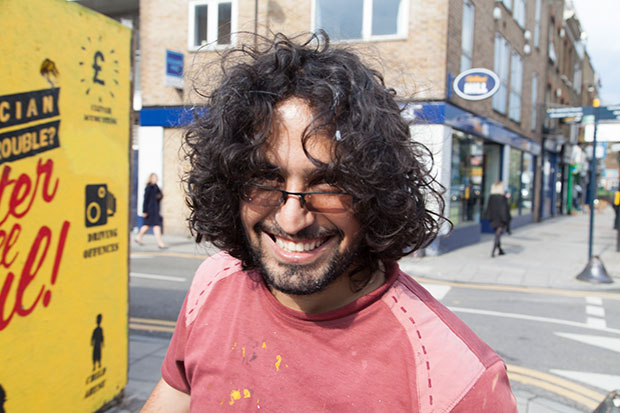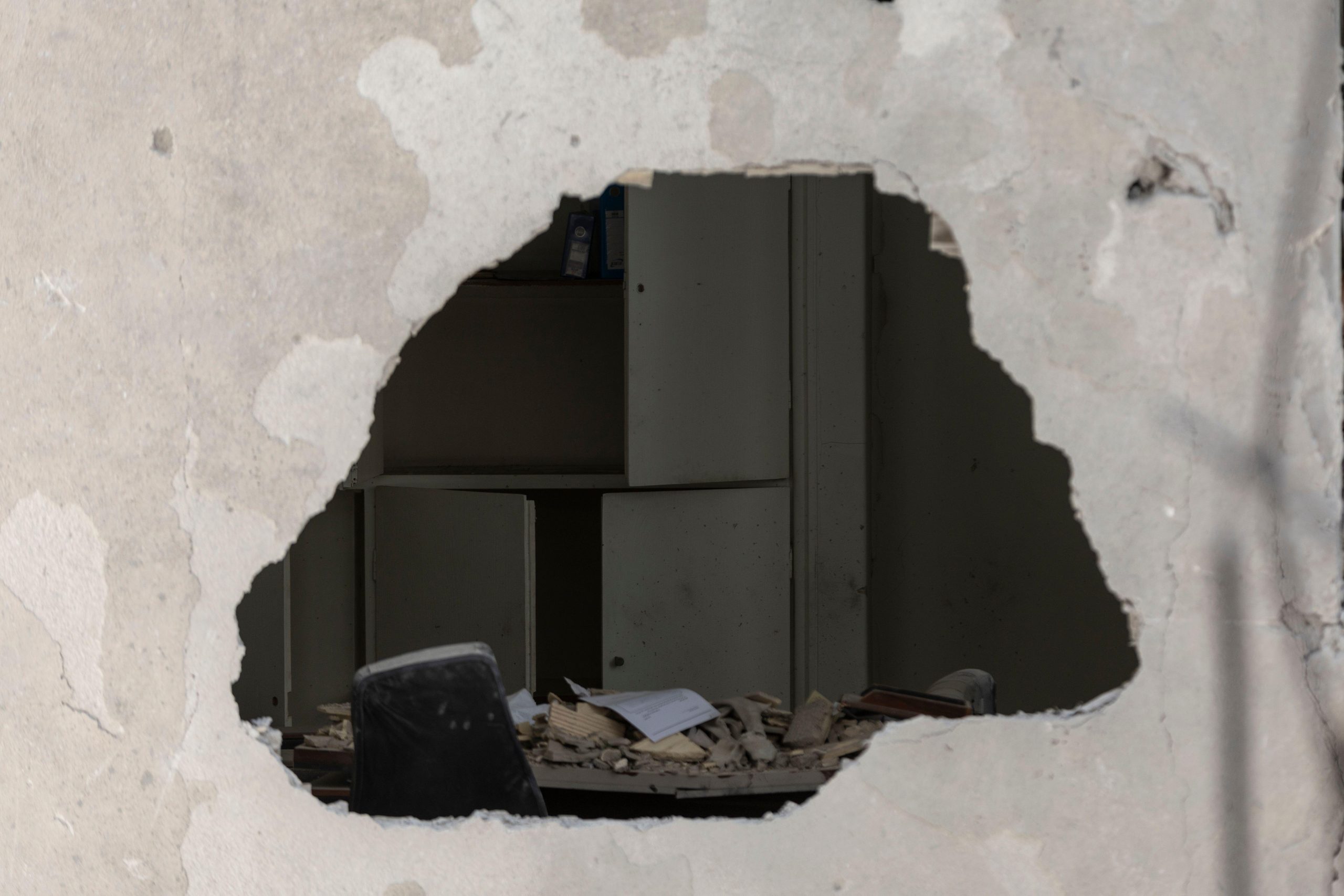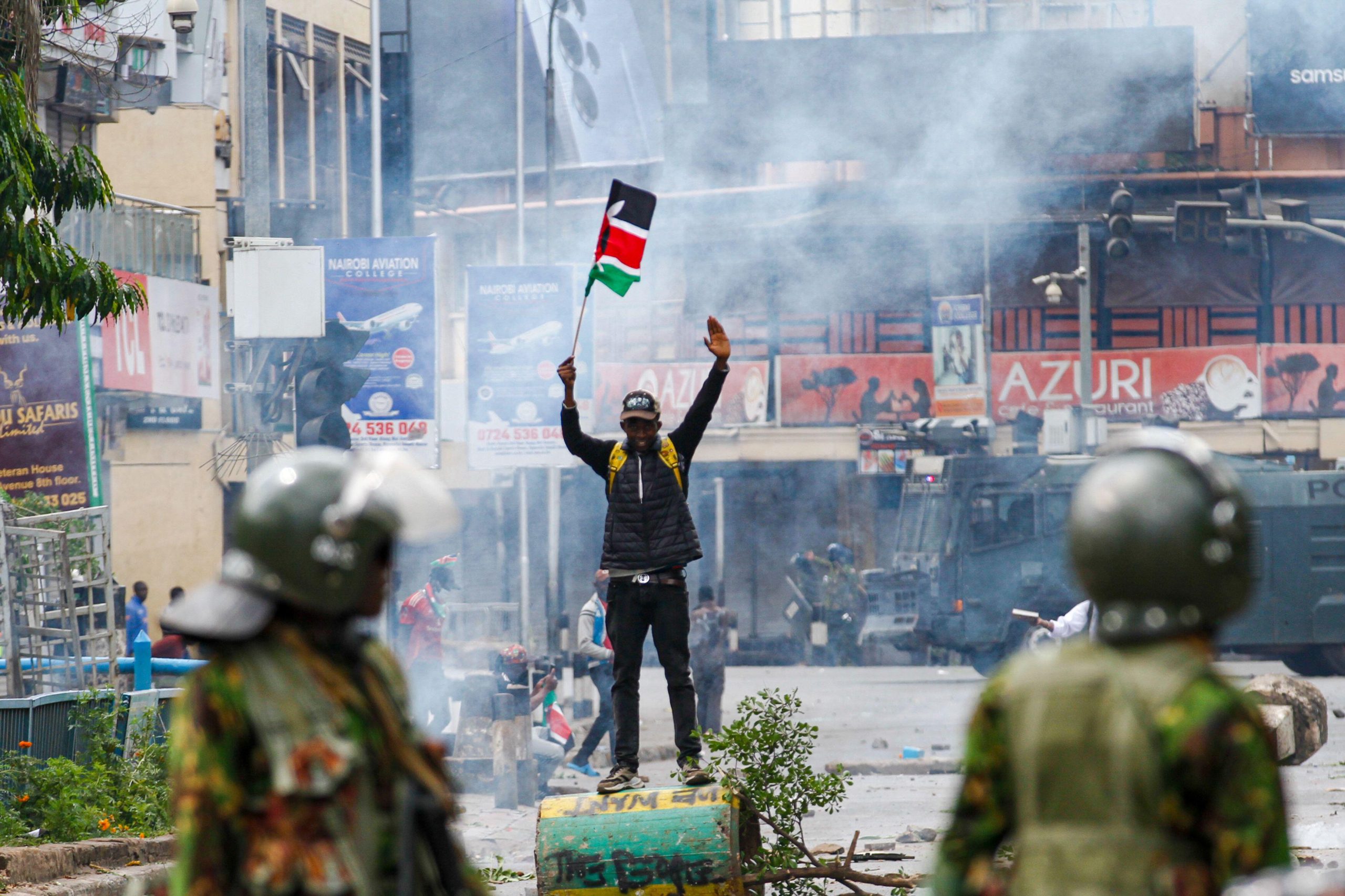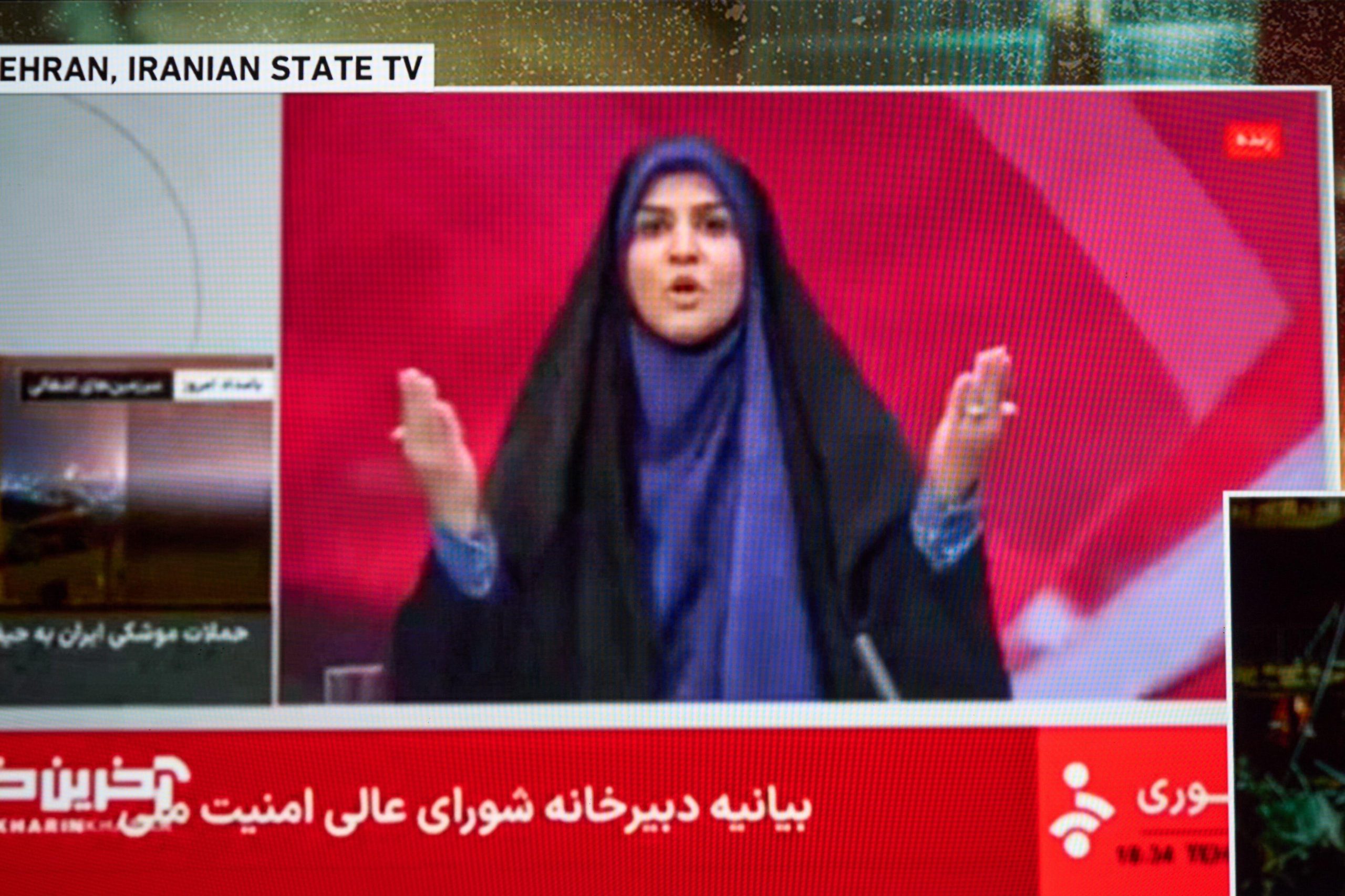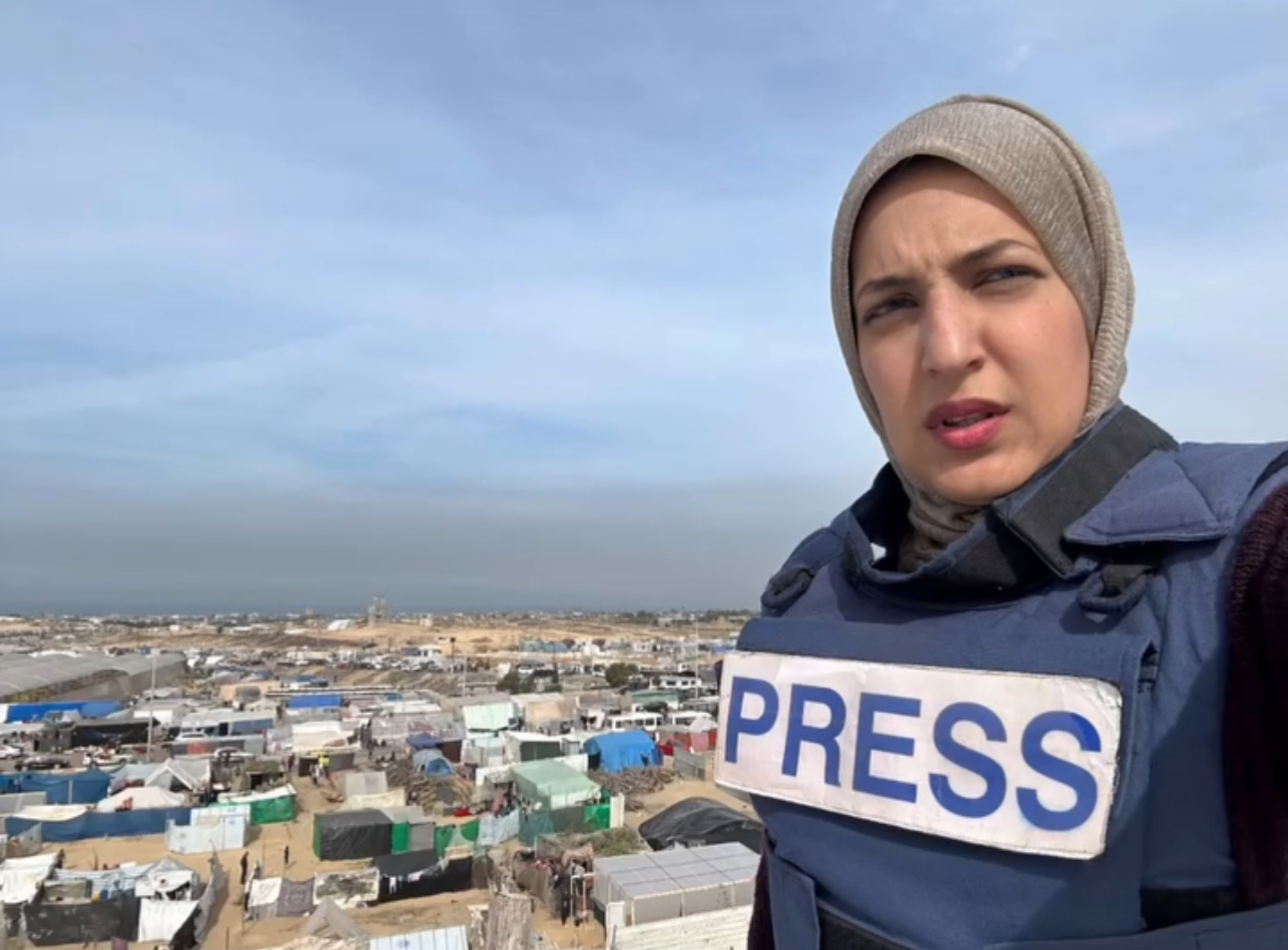In 2011, artist Murad Subay took to the streets of Yemen’s capital, Sana’a to protest the country’s dysfunctional economy and institutionalised corruption, and to bring attention to a population besieged by conflict. Choosing street art as his medium of protest, he’s since run five campaigns to promote peace and art, and to discuss sensitive political and social issues in society. Unlike many street artists, all his painting is done in public, during the day, often with passers-by getting involved themselves.
Since 2011, jihadist attacks and sectarian clashes have engulfed Yemen, and in 2015 a civil war began between two factions claiming to constitute the Yemeni government. The exiled Yemeni government, backed by a Saudi-led coalition stood against the Houthi militia, and those loyal to former president Ali Abdullah Saleh and backed by Iran.
In the last seven months the conflict has hit the already unstable country, leading to over 21 million people – 82 percent of the population – needing humanitarian assistance. In addition, a strong Al-Qaeda presence has drawn repeated drone strikes from the United States.
“Yemenis live under catastrophic conditions due to the conflicts, considering that they are already one of the poorest nations in the world,” Subay told Index. “They lack food, water and medicine, and they are in need of urgent humanitarian assistance.” With his art, Subay aims to highlight the situation in which millions of Yemenis find themselves in today.
Murad started his graffiti campaigns with The Walls Remember Their Faces, drawing the faces of Yemeni citizens who had been forcibly disappeared.
“This particular campaign meant so much to me,” he said. “I felt that I got closer to those people every time we painted their faces. Almost every week people came holding the picture of their long disappeared family member, so that we paint it on the walls.”
He then began Colour the Walls of Your Street, claiming back the bombed remains of Yemen’s capital, followed by 12 Hours in 2013. 12 Hours was an hour-by-hour series with each piece depicting one of 12 problems facing Yemen, including weapons proliferation, sectarianism, kidnapping and poverty. The project used social media to call Yemeni citizens to action, painting walls with messages about government and policy across Yemen’s capital.
His latest campaign Ruins was initiated in May 2015, in collaboration with artist Thi Yazen. The project involves them painting on the walls of buildings damaged by the war, to provide a memorial for the thousands of war victims, and to highlight war crimes.
Subay has faced pressure from the authorities, who have covered his work or stopped him from extending his campaigns to other towns. However ordinary Yemenis — including victims’ families — have gotten behind his campaigns by painting alongside Subay, or repainting pieces “scrubbed out” by authorities.
Murad Subay continues to shed light on the human cost of the war, taking his murals to other cities in Yemen, including Aden, Taizz, Ebb and Hodeidah.

